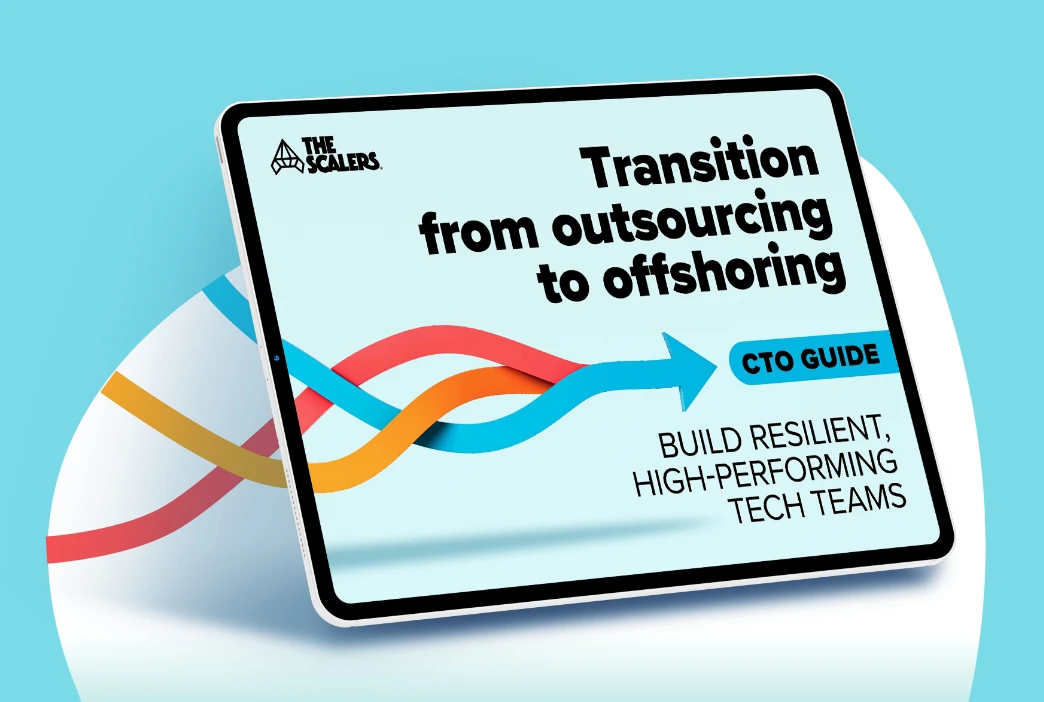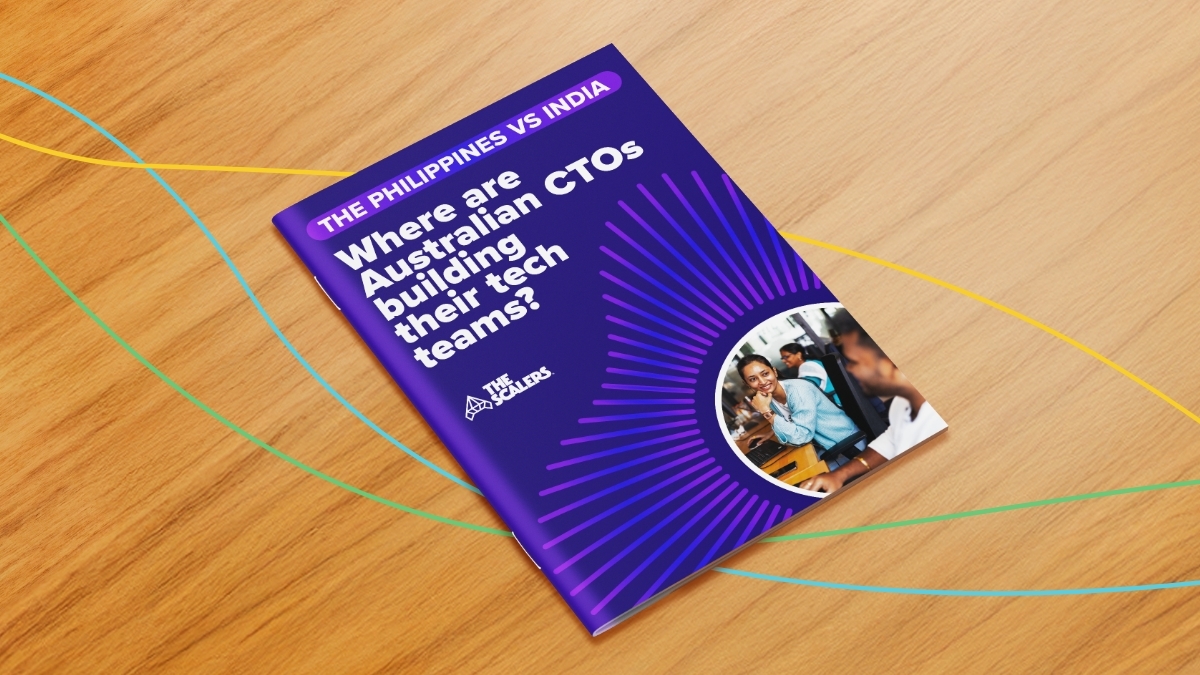The corona pandemic has prompted a sea change in the way businesses operate, the way people work — and how we live our lives. The commute, once a daily activity used to prepare yourself for the day ahead, has for many been relegated to what seems a bygone era, replaced en-masse by the telecommute. In actuality, once things do indeed get back to normal it’s almost certain we’ll see a return to commuting — perhaps it won’t be quite as frequent as before, with many organisations confirming plans to keep significant sections of their workforce on a permanent work-from-home basis. And, an even larger number of organisations stating that they intend to offer more flexibility to staff, now that it’s clear productivity isn’t hindered by lack of in-office hours.

More telecommuters, less polluters
What are the effects of telecommuting on the environment? Research conducted by Global Workforce Analytics estimates that working from home half the week can reduce emissions by 54 million tons every year. Moreover, with people spending more time at home there’s a significant decrease in litter and excessive fast food consumption — although of course there are negative effects on the retail service sector job market.

How to beat local skill shortages and set up your development centre abroad
DOWNLOAD GUIDEOne of the reasons climate change experts have faced difficulties in getting people to change their habits is that the impact is hard to see. However, even in the early days of the response to Covid-19, we all saw a dramatic reduction in traffic and congestion — and therefore, pollution. As let’s face it, not everyone on the road drives a Tesla! While sustainability has not been the primary driver of the telecommute shift, being able to actually see the difference it can make may finally flip the switch for employers — particularly as their younger workforce is committed to an atmosphere of corporate responsibility.
Additionally, with less time spent in the office there’s less waste in terms of paper and plastic as people use digital tools for messaging, taking notes, and sending files. And, having to bear the brunt, financially, of office supplies means employees working from home are more aware of waste.
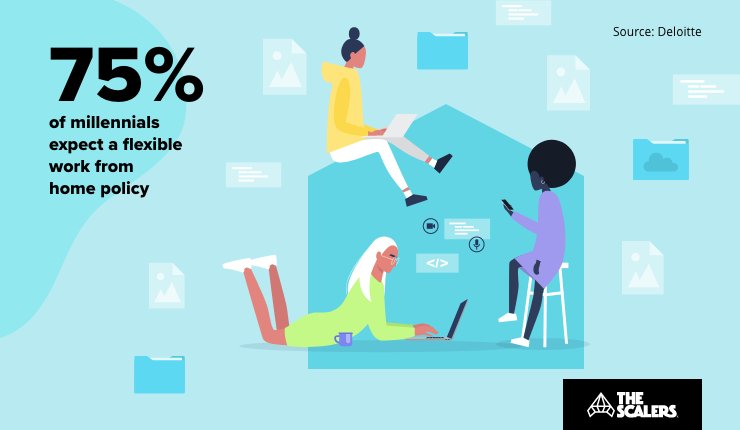
Effects of telecommuting on the environment: pleasant surprises
There are a few things that we’ve already known for a while now, such as working from home boosting productivity in 77% of people surveyed. The longer-term effects of permanently working from home are yet to be measured on a larger scale, although it’s reasonable to expect findings to reveal themselves in the next six to 12 months. What can we expect? It’s uncertain, although the rise in familiarity with digital communication tools as well as measures put into place to build team spirit in distributed teams may have somewhat lessened some of the negatives surrounding isolation — although it’s, of course, prudent not to jump to any conclusions until solid evidence becomes clear.
On another note, FlexJobs reports that 58 percent of the US workforce will do freelance work by 2027 — dramatic changes both to how we work and also likely to have a large effect on office emissions, since a home setup consumes far less. Let’s dive deeper.
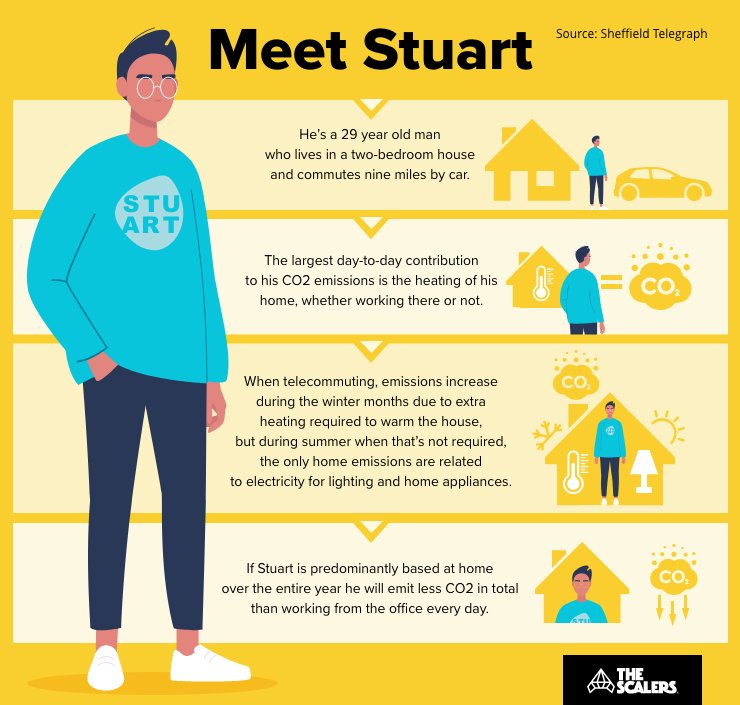
A new generation of telecommuters
According to Ernst & Young, the millennial generation already make up 2/3rds of their employee base, with this set to grow across industries to 75% alongside the influx of Gen Z by 2030. Both generations are defined as having a preference for flexible hours and a keen interest in environmental sustainability — with McDonald’s’ removal of plastic straws one of the first major positive disruptions caused by younger Millennial and Generation Z buying power.
The automation revolution and an urban exodus
Digital transformation isn’t slowing down, and if anything we’re witnessing it accelerate as businesses seek to diversify their offerings to increase resilience and competitiveness. In the coming decade, we’re going to see an exponential growth in artificial intelligence and automation solutions in the workplace — otherwise known as The Fourth Industrial Revolution. With a significant section of the global labour force expected to be looking for new jobs by 2030, a proper, actionable response is required to manage the potentially disruptive social side effects, which will potentially counter the positive effects of telecommuting on the environment and the secondary positives on people’s wellbeing.
Shifts in how we work will also lead to shifts in how we live. Traditionally, people move to cities because cities are job hubs. But cities have become expensive to live in comfortably and the changes we’re witnessing may lead to a move outwards leading to a decrease in pollution in major metropolitan zones. To facilitate this shift , digital infrastructure would need to be improved in rural areas.
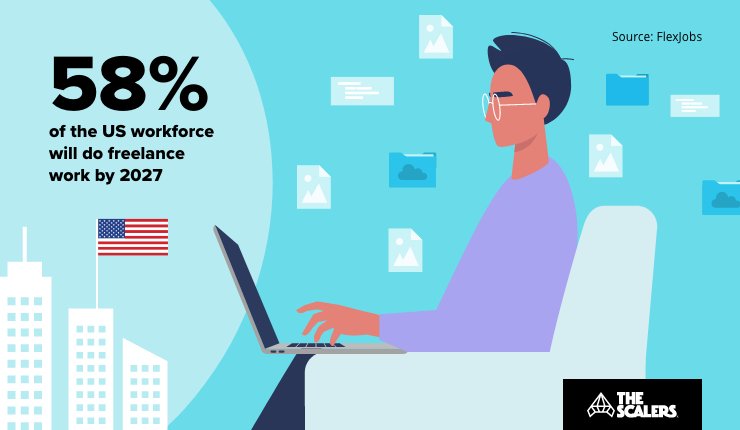
Final thoughts
The effects of telecommuting on the environment will become clearer over time, as the pandemic recedes and the world settles into new working modalities. With the younger generation conscious about saving the planet, employers who continue to offer flexible patterns as an option, and demonstrate their commitment to tackling environmental damage, will be able to attract top-tier talent from this new set of eco-friendly workers. And, more existential questions will come to the fore as automation and AI become more commonplace and the entire model of ‘cities as work hubs’ begins to undergo a fundamental shift.
If you’re struggling to find the skills you need to scale your development team and deliver exciting new products to your customers — and don’t have the time to reskill existing employees, then you might benefit from an extended team in a talent-rich location.
In July we released an in-depth report on how the Covid crisis has led to a shift in attitudes toward remote work and how tech companies will build their development teams in the years ahead — and if you’re looking to become a software-driven business, then an extended team of highly talented software developers may help you scale and innovate quicker than you can at home.

How we helped Preqin establish a 450+ person global R&D centre in India
DOWNLOAD CASE STUDYWhat you’ll learn:
- That new operating models are making businesses more resilient, and able to take advantage of emerging opportunities.
- How to innovate without disrupting core processes — technology as a key driver of value, not merely a support.
- Why establishing remote-ready technology infrastructure is key to becoming more ‘pandemic proof’.
- How to harness talent in worldwide talent pools, to scale beyond borders in a ‘new normal’ of recruitment and delivery.
To beat the European IT talent shortage, find out more about what we have coined ‘Offshore 2.0’, and to discover how CTOs, CIOs, and VPs of Engineering will be building their tech teams beyond 2020, download our latest report: Scaling Beyond Borders.
If you want to leverage Bangalore’s IT ecosystem, and transform your business, feel free to reach out to us by filling out the contact form. As experts in building the best engineering teams in India, we can help you build your A-team.

